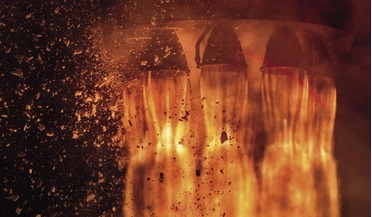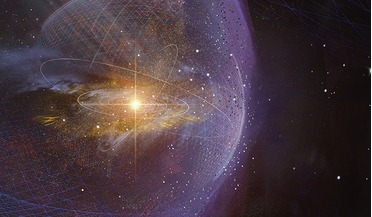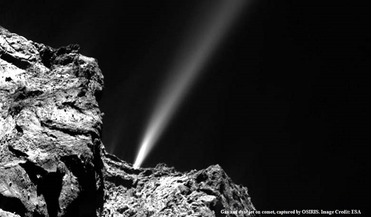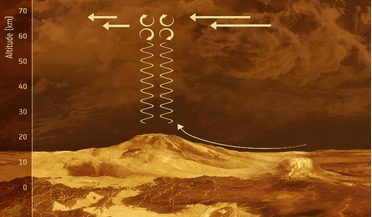 March 2021
Messier 82’s starburst magnetic highway
March 2021
Messier 82’s starburst magnetic highway
... Telescope and the Spitzer Space Telescope. The galactic superwind from the central starburst is blasting out plumes of hot gas (red) and a halo of smoky dust (orange) perpendicular to the edge-on galaxy (white). Researchers used...
 July 2021
Nitrous oxide – a green propellant for commercial space exploration
July 2021
Nitrous oxide – a green propellant for commercial space exploration
... combustion propagated from outside towards the motor centre forming vortex flow. In the picture, the exhaust plume with shock diamonds is seen. The performance of nitrous oxide in resistojets was further investigated for possible enhancement...
 January 2022
Revealing the magnetic universe
January 2022
Revealing the magnetic universe
... Telescope and the Spitzer Space Telescope. The galactic superwind from the central starburst is blasting out plumes of hot gas (red) and a halo of smoky dust (gold) perpendicular to the edge-on galaxy (white). Magnetic legacy...
 September 2023
A multifaceted approach to space sustainability
September 2023
A multifaceted approach to space sustainability
... activities, starting with manufacture and assembly, through to launch and the potential atmospheric effects of rocket exhaust plume emissions, to the operational phase in orbit (collision/break-up risks, impact on dark/quiet skies), to post-mission...
 11 August 2015
Comet 67P/Churyumov-Gerasimenko puts on a show as captured by Rosetta camera OSIRIS
11 August 2015
Comet 67P/Churyumov-Gerasimenko puts on a show as captured by Rosetta camera OSIRIS
.... Thanks to the Rosetta mission, we’re seeing just how dramatic. Rosetta’s OSIRIS camera has captured stunning images of a plume of dust and gas erupting from the surface of comet 67P/Churyumov-Gerasimenko as it moves closer and closer...
 19 July 2016
Gravity waves on Venus create 'fountain of Aphrodite'
19 July 2016
Gravity waves on Venus create 'fountain of Aphrodite'
...-rich air to the surface of the cloud layer, creating both the observed 'fountain' and an extended downwind plume of vapour. "We've known for decades that Venus' atmosphere contains a mysterious ultraviolet absorber, but we still don't know...